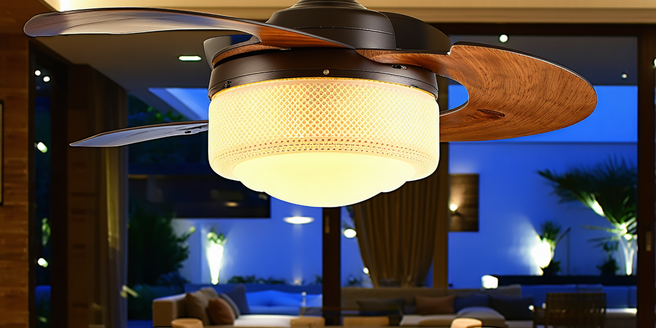Free Ceiling Fan Installation Tutorials

Understanding Ceiling Fan Components
To effectively install a ceiling fan, it’s crucial to understand its various components. The main parts include the fan blades, motor, mounting bracket, downrod, and housing. Proper installation can significantly enhance the efficiency and longevity of the ceiling fan. The fan blades are responsible for air circulation, while the motor provides the necessary power for rotation. The mounting bracket secures the fan to the ceiling and ensures stability. A downrod is a metal pipe that positions the fan at a certain height from the ceiling, optimizing air flow. The housing encloses the motor and is often designed to be aesthetically pleasing while providing functionality. Knowing these components helps you troubleshoot problems and ensures a smoother installation process.
Tools Required for Installation
Before starting the installation of a ceiling fan, gather the essential tools you’ll need. These typically include a screwdriver, preferably Phillips and flathead, a wrench set, wire strippers, and a ladder. A voltage tester is crucial to ensure safety by confirming that the power is off before starting electrical work. It’s also a good idea to wear safety goggles to protect your eyes from any falling debris or dust. A socket wrench may be required for loosening nuts while assembling different fan components. Depending on your ceiling and fan type, a power drill could be necessary to create holes for mounting. Ensuring all these tools are on hand before beginning your installation can make the process smoother and prevent unnecessary delays.
Safety Precautions Before You Begin
Safety should be your top priority when installing a ceiling fan. Start by cutting off power to the room’s electrical circuit at the breaker panel. Use a voltage tester on the wires to confirm that the power is off. Make sure you have all necessary tools and materials ready before beginning the installation. Double-check that the fan is compatible with your existing electrical setup. Always use a sturdy ladder to reach the ceiling and never overextend your reach. It’s recommended to wear safety glasses to protect your eyes from dust and debris. When working with electrical components, dry hands are a must to prevent accidents. Keep children and pets away from the work area, ensuring clear pathways to walk and move tools around safely.
Step-by-Step Installation Guide
To begin, assemble the fan by attaching the blades and downrod to the motor housing as per the manufacturer’s instructions. Double-check that all screws are tightened to prevent any wobbling during operation. Next, fix the mounting bracket to the ceiling joist with screws, ensuring it is securely fastened to support the fan’s weight. Feed the wires through the downrod and mounting bracket to make electrical connections. Use wire nuts to connect the fan wires to the ceiling wires, typically matching color to color—usually black to black, white to white, and green or bare copper for grounding. Ensure all connections are secure before carefully lifting and attaching the fan to the mounting bracket.
Troubleshooting Common Installation Issues
Even with a careful approach, problems may occur during fan installation. If the fan wobbles, check that the blades are balanced and the screws are tightened uniformly. It’s also important to ensure that the mounting bracket is securely attached to the ceiling. Improper wiring connections might cause the fan not to turn on, so double-check each wire’s color coding and ensure they are firmly connected. A grinding noise or the fan not spinning could indicate a problem with the motor; ensure the motor housing is installed properly. If the fan still does not operate as expected, consult the manual for troubleshooting tips or contact the manufacturer for guidance. Proper installation and wiring are key to resolving most common issues.